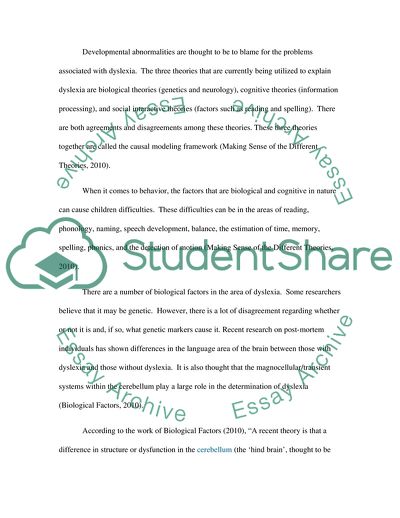Cite this document
(Difficulties Related to Dyslexia Assignment Example | Topics and Well Written Essays - 2019 words, n.d.)
Difficulties Related to Dyslexia Assignment Example | Topics and Well Written Essays - 2019 words. Retrieved from https://studentshare.org/health-sciences-medicine/1737929-dyslexia-in-the-early-years
Difficulties Related to Dyslexia Assignment Example | Topics and Well Written Essays - 2019 words. Retrieved from https://studentshare.org/health-sciences-medicine/1737929-dyslexia-in-the-early-years
(Difficulties Related to Dyslexia Assignment Example | Topics and Well Written Essays - 2019 Words)
Difficulties Related to Dyslexia Assignment Example | Topics and Well Written Essays - 2019 Words. https://studentshare.org/health-sciences-medicine/1737929-dyslexia-in-the-early-years.
Difficulties Related to Dyslexia Assignment Example | Topics and Well Written Essays - 2019 Words. https://studentshare.org/health-sciences-medicine/1737929-dyslexia-in-the-early-years.
“Difficulties Related to Dyslexia Assignment Example | Topics and Well Written Essays - 2019 Words”, n.d. https://studentshare.org/health-sciences-medicine/1737929-dyslexia-in-the-early-years.


